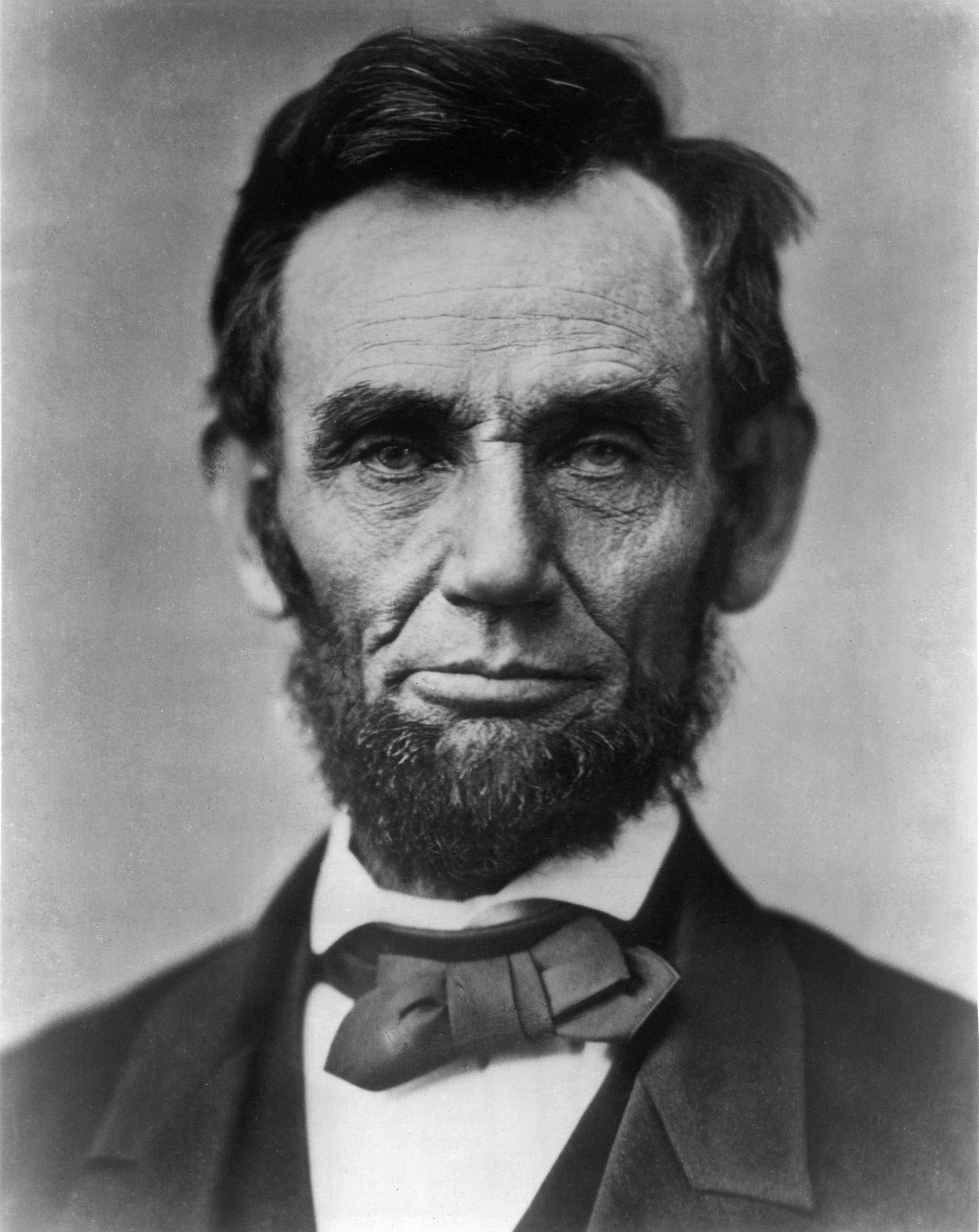 Abraham Lincoln is on our Modern History Timeline for 2023-2024 and we highlighted him during the second week of January. On this Day…February 12, 1809: Abraham Lincoln, the sixteenth president of the United States and author of the Emancipation Proclamation, is born near Hodgenville, Kentucky.
Abraham Lincoln is on our Modern History Timeline for 2023-2024 and we highlighted him during the second week of January. On this Day…February 12, 1809: Abraham Lincoln, the sixteenth president of the United States and author of the Emancipation Proclamation, is born near Hodgenville, Kentucky.
-
Abraham Lincoln was called the “Log Cabin President” since he was born in a log cabin.
-
He grew to be 6’4’’ tall and was considered to be very honest, wise, and funny.
-
He often read his Bible.
-
He married Mary Todd, and they had three sons (a fourth son died while very young)
-
Lincoln practiced law in Illinois and became a congressman, and then in 1860, he was nominated to be the Republican candidate for President.
-
Lincoln won the election, and the Southern states seceded shortly thereafter.
-
During the War between the States, in 1863, Lincoln gave the Gettysburg Address.
-
He issued the Emancipation Proclamation in 1863, which said the slaves in the rebellious states were now free.
-
Lincoln was reelected in 1864, but on April 14, 1865, Lincoln was shot and killed by John Wilkes Booth.
During the second week of January, I shared with our students an interesting historical note known as “The Exchange Place” from the book Here is Where: Discovering America’s Great Forgotten History by Andrew Carrol.
HERE IS WHERE it all began: the Exchange Place PATH station in Jersey City, New Jersey, just across the Hudson River from Manhattan. This is the spot that sparked my almost compulsive desire to seek out unmarked history sites throughout the country. It’s been fifteen years since I first read about what happened here a century and a half ago, and while in New York visiting family I thought I’d subway over from Manhattan and finally see the place for myself.
During the Civil War, the New Jersey Railroad Company ran trains through here, and one night in 1863 or ’64 (the exact date isn’t known) a young man fell between the loading platform and a Washington, D.C.–bound train. Just as the steam-powered locomotive began to lurch forward, potentially crushing the man to death under its massive wheels, a bystander rushed over and pulled him to safety.
The man in peril was Robert Todd Lincoln, the president’s eldest son. His quick-thinking rescuer was the prominent Shakespearean actor Edwin Booth, brother of John Wilkes Booth. Robert and Edwin had never met, and there’s no indication that they ever saw or communicated with each other again. Nor does it seem that the story made its way to President Lincoln himself. He and Mary had already buried two other sons: three-year-old Eddie, who succumbed to tuberculosis in 1850, and eleven-year-old Willie, who died in the White House on February 20, 1862, from typhoid fever. The couple was still grief-stricken from Willie’s death, and a third loss might have proved emotionally incapacitating.
Mary had all but physically barred Robert Todd from fighting in the war and, after he enlisted, made certain he landed a desk job on General Ulysses S. Grant’s staff. I don’t remember exactly where I first heard about the Exchange Place story, but I do recall thinking, initially, that it must have been apocryphal.
Perhaps the two men had bumped into each other on the train platform and exchanged a few cordial words, and then over the years this brief encounter blossomed into the sensationally ironic tale of how a Booth had saved the life of a Lincoln not long before Edwin’s younger brother assassinated Robert’s father. Or maybe Robert had indeed fallen onto some railroad tracks and Edwin was at the station but only as a witness while another man swiftly came to Robert’s aid. The possibility that their lives had intersected in the dramatic manner I’d read about seemed far-fetched. Except that the story turned out to be true.
Carroll, Andrew. Here Is Where: Discovering America’s Great Forgotten History (pp. 1-2). Crown. Kindle Edition.
Like this:
Like Loading...
 Abraham Lincoln is on our Modern History Timeline for 2023-2024 and we highlighted him during the second week of January. On this Day…February 12, 1809: Abraham Lincoln, the sixteenth president of the United States and author of the Emancipation Proclamation, is born near Hodgenville, Kentucky.
Abraham Lincoln is on our Modern History Timeline for 2023-2024 and we highlighted him during the second week of January. On this Day…February 12, 1809: Abraham Lincoln, the sixteenth president of the United States and author of the Emancipation Proclamation, is born near Hodgenville, Kentucky.